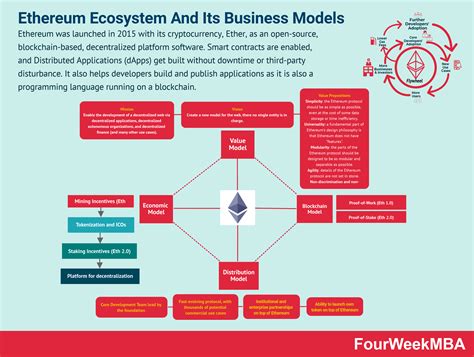Here’s an article on running multiple Bitcoin nodes on a single server:
Running Multiple Bitcoind Nodes on One Server: A Guide
As a Bitcoin enthusiast, you’re likely aware of the importance of having multiple nodes online to ensure network stability and security. In this guide, we’ll walk you through the process of setting up two separate Bitcoin nodes on one Virtual Private Server (VPS) running Bitcoin Core software.
Prerequisites
Before we begin, make sure:
- You have a full node Bitcoin installation on your VPS.
- You have Node Wallet installed and set up for both nodes.
- Both nodes are compatible with each other (e.g., the same version of Bitcoin Core).
Step 1: Install Second Bitcoind Node
To run two separate Bitcoin nodes, you’ll need to install a second instance of Bitcoin Core software on your VPS. You can use the apt-get package manager on Ubuntu-based systems or the yum package manager on RPM-based systems.
Ubuntu/Debian (with apt-get)
- Open a terminal and run:
sudo apt-get install bitcoin-core
- Verify that Bitcoin Core is installed successfully:
bitcoin-qt --version
RPM-based Systems (with yum)
- Open a terminal and run:
sudo yum install bitcoind
- Verify that Bitcoin Core is installed successfully:
bitcoin-qt --version
Step 2: Configure Second Node

Once you’ve installed the second Bitcoin node, configure it to use your full node’s wallet (e.g., bitcoind.conf file). This will ensure that both nodes share the same wallet and connect to the same network.
- Open a text editor and create a new file named
bitcoin-qt.conf(or edit an existing one).
- Add the following lines to configure the second node:
[wallet]
from = /path/to/your/full_node/bitcoin.conf
[node Wallets]
wallets = 1,2
Replace /path/to/your/full_node/bitcoin.conf with the path to your full node’s wallet file.
Save and close the file.
Step 3: Start Second Node
Start both Bitcoin nodes using bitcoind --server=0.0.0.0. This will enable TCP connectivity between the two nodes.
- You can also use
bitcoind --datadir=/path/to/your/full_node/bitcoin/directoryto specify a different wallet directory for each node.
Step 4: Test Second Node
To verify that both nodes are communicating with each other, you can run a simple test transaction on one of the nodes and then check the blockchain for the corresponding transaction on the other node.
- You can use tools like
bitcoin-cliortestnet-clito perform transactions and query the blockchain.
- Alternatively, you can use a tool like
blockchain.infoto retrieve the latest blockchain data from both nodes.
Conclusion
Running multiple Bitcoin nodes on one server is a straightforward process that requires installing a second instance of Bitcoin Core software, configuring it to share the same wallet and connect to the same network, and starting the nodes. By following these steps, you can enjoy having two separate Bitcoin nodes online while ensuring network stability and security.
Tips and Variations
- To improve node performance, consider using multiple CPU cores or increasing the RAM on your VPS.
- You can also configure both nodes to use different seed phrases or wallets for each node (e.g., one for production and one for testing).
- If you’re running a Raspberry Pi or other small device, consider using a more lightweight distribution like Ubuntu Core or Raspbian.
I hope this guide helps! Let me know if you have any questions or need further assistance.


